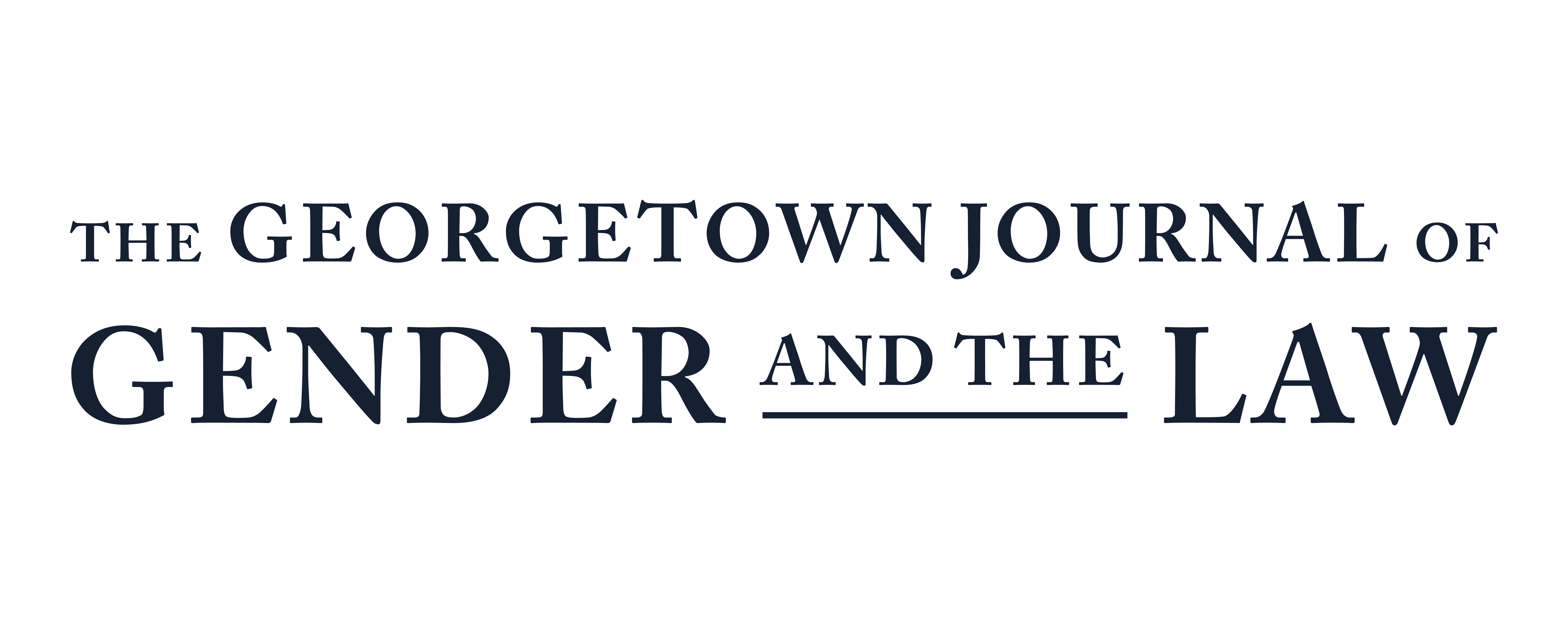Abortion
The landmark decision of Roe v. Wade, establishing the right to abortion in the United States, prompted an escalation of the abortion rights dialogue of the 1960s, propelled on one side by the women’s movement and concerns about the health implications of illegal abortions and population growth, and on the other by pressure from the Catholic Church and political parties. Since 1973, antiabortion activism has created a complex legal landscape surrounding the constitutional right to abortion. The Supreme Court retreated from the broad protection of abortion within the first trimester under Roe’s framework in the early 1990s, establishing an “undue burden” standard in Planned Parenthood of Southeastern Pennsylvania v. Casey.
As lower courts struggled to implement the Casey standard, anti-abortion activists flooded state and federal legislatures with laws to test the constitutional limits of abortion regulation. Dobbs v. Jackson Women’s Health Organization overturned both Roe and Casey in 2022. This decision, which was leaked in May 2022 and published in June 2022 with minor changes, ended the federal constitutional guarantee of abortion rights and returned the full power to regulate abortion care to the states.
This Article examines developments within the past eight years in abortion law, particularly the Supreme Court’s reasoning in Dobbs. Part II describes the current landscape of constitutional abortion rights, including federal abortion legislation that remains post-Dobbs. Part III discusses state trigger bans and state protections that have come into effect after Dobbs, bans based on fetal development, and medication abortion bans and restrictions. Part IV describes restrictions on the use of federal and state public funding for abortion procedures. Finally, Part V discusses fetal personhood.
Abortion PDF AR 23
